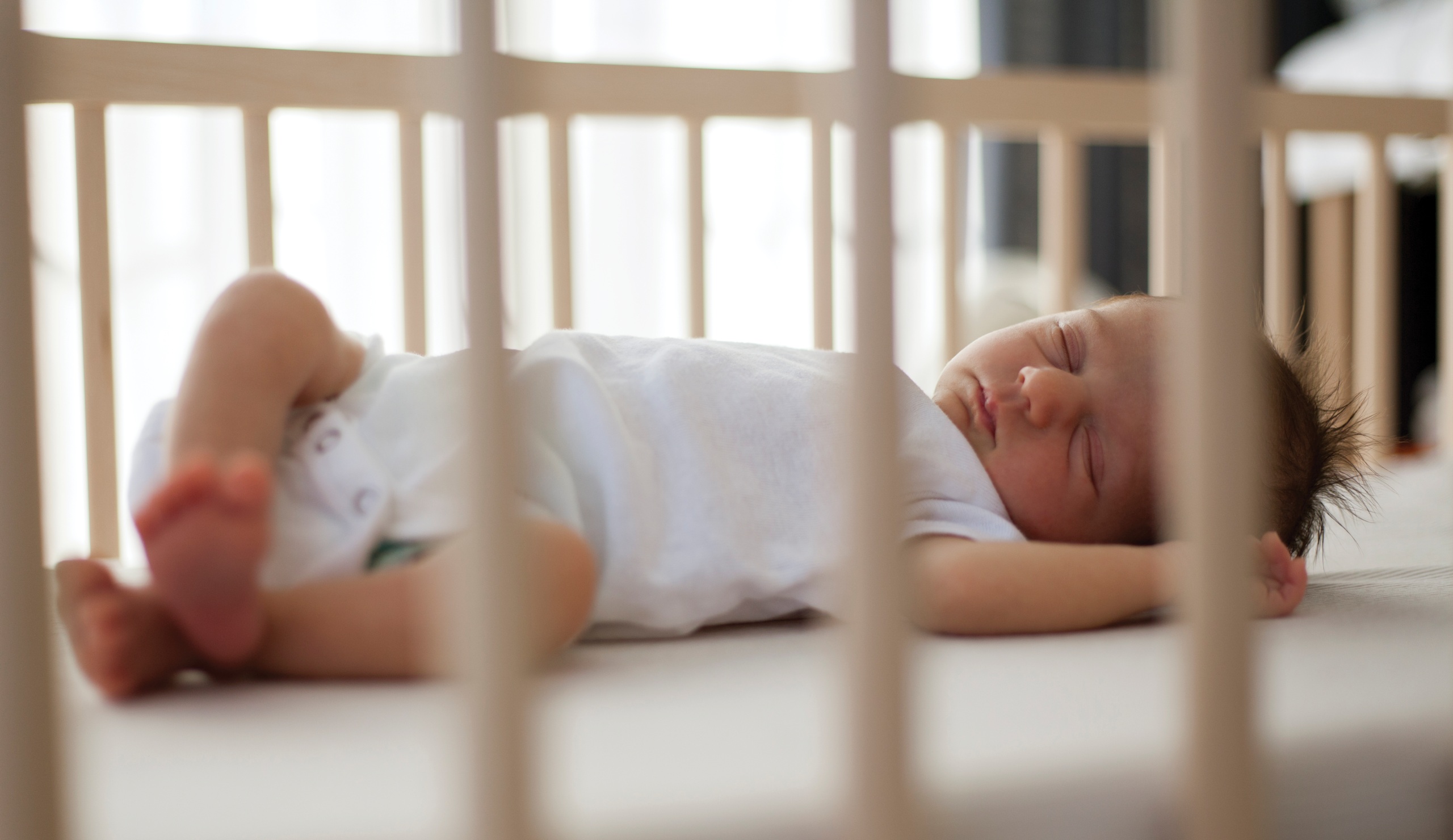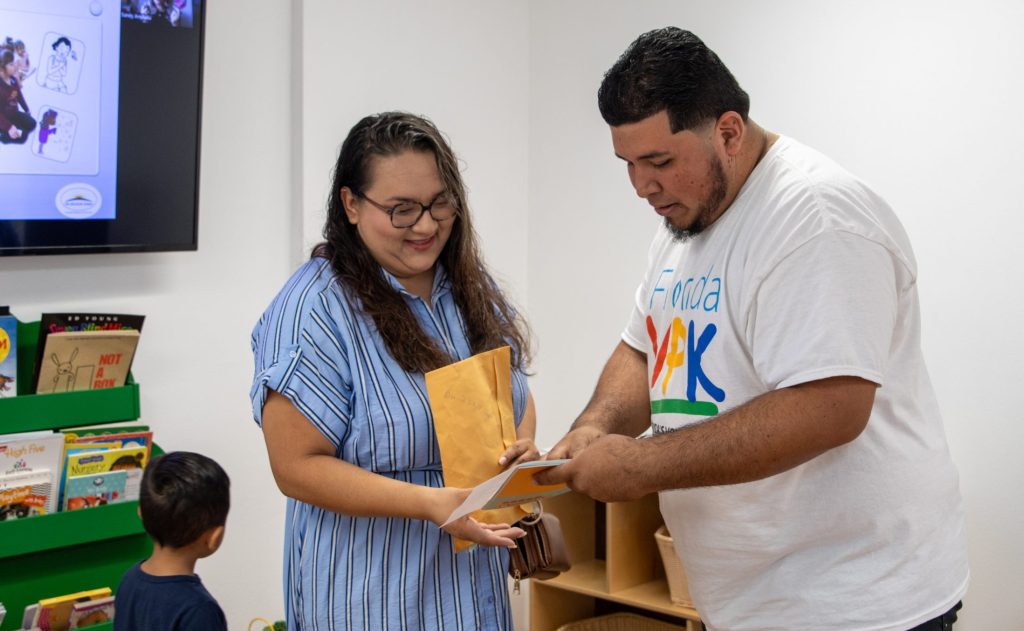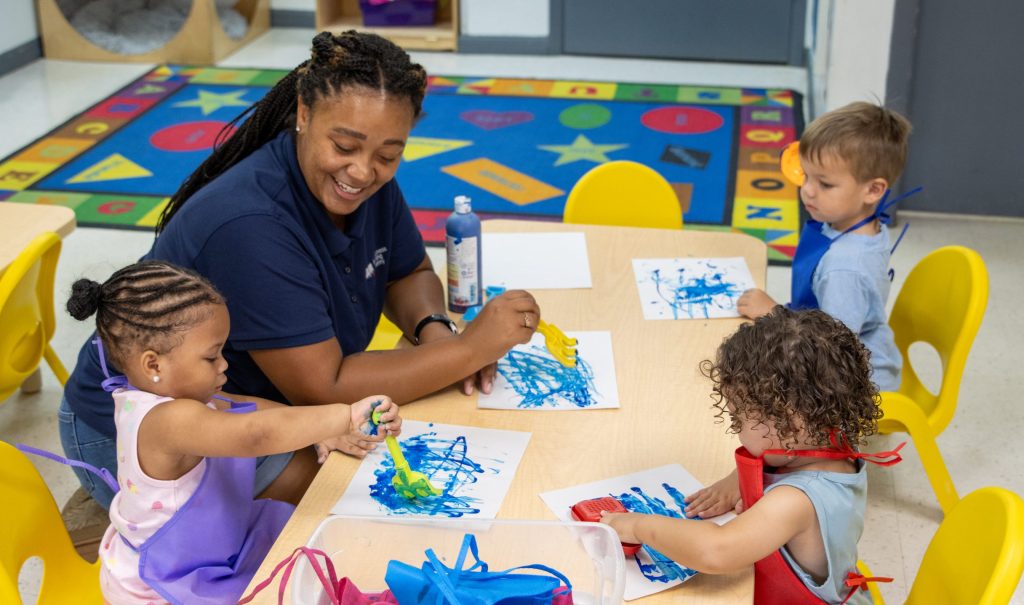WORDS: Shannon Evans
Parents of newborns often dread those long nights—the baby crying, the rocking, the desperate wish for sleep. But for some, the real nightmare is waking up to silence.
Retired law enforcement officer Connie Shingledecker spent decades investigating child fatalities, but one discovery shocked her most. In 2005, a reporter called, concerned about rising teen suicides. Connie dug into five years of data. “I thought drowning would be the leading cause of preventable child deaths in Manatee County,” she recalls. “But the data was clear—it was infant suffocation.”
Nearly 20 years later, she is still fighting to spread awareness. The numbers are alarming and have been rising. In 2023 alone, there were six infant deaths in Manatee County due to unsafe sleep.
Lieutenant Mark Morie, who leads the Crimes Against Children Unit for the Manatee County Sheriff’s Office, has seen the worst of these cases. He knows parents don’t intend to put their babies in danger—but they’re exhausted, trust advice from family or social media, or simply don’t know the risks.
“This can happen to anyone,” he says. “Unsafe sleep affects every community, every background. And it’s frustrating because it’s 100% preventable.
“No one should ever have to hear the gut-wrenching cry of a parent who has just lost their baby,” he continues. “But if witnessing that grief would help others make different choices, I wish they could hear it. Maybe it would save their own baby’s life.”
What is Safe Sleep?
Experts teach safe sleep through the ABCs:
- A is for Alone: Babies should sleep alone in a crib, bassinet, or pack-and-play. No blankets, pillows, toys, stuffed animals, or bumpers.
- B is for Back: Always place babies on their backs for every sleep.
- C is for Crib: Babies should sleep in a safety-approved crib with a firm, flat mattress, and only a tightly fitted sheet.
The Biggest Dangers to Infants
Even with clear guidelines like these ABCs, exhausted parents still take risks. Here are some of the most common—and most dangerous—unsafe sleep situations.
1. Co-Sleeping
Discussions about infant sleep often default to a “do whatever works for your family” mindset. But the numbers don’t lie: more than 70% of Manatee County’s infant sleep-related deaths happen in adult beds or shared surfaces.
“Parents often think, ‘Nothing happened with my first baby, so it won’t happen with this one,'” Lieutenant Morie says. “Or ‘I raised four kids, and they were fine.’ But all it takes is one time. One mistake. Are you willing to bet your baby’s life on the convenience of co-sleeping?”
Victoria Morgan, a specialist with the Early Learning Coalition of Manatee County’s (ELC) Sleep Baby Safely program, hopes safe sleep will become second nature, like car seats.
“When I was growing up, car seats weren’t required the way they are now,” she says. “But over time, laws changed, and now parents don’t think twice about buckling their child in. We want safe sleep to be just as automatic because we know it saves lives.”
A safer alternative to co-sleeping is room-sharing. “Keep the baby’s crib or bassinet next to your bed, but never in it,” Victoria says. “That way, you’re close enough to hear them but not putting them at risk.”
2. Inclines and Improper Sleep Positions
Another misconception is that babies with reflux or congestion need to sleep at an incline or on their stomachs to reduce choking. But research proves otherwise.
“Because of their anatomy, a baby’s airway (trachea) is positioned above their food pipe (esophagus) when lying on their back,” explains Victoria Morgan. “Being on their back reduces the risk of choking. When a baby is placed at an incline, their heavy head can fall forward, pushing the chin to the chest and blocking their airway.”
“A baby’s head is heavy, and their weak neck muscles in the early months make it difficult to lift or hold up,” Connie adds.
That’s why the safest way for all babies to sleep—including those with reflux—is flat on their back in a crib, bassinet, or pack-and-play.
3. A Full Crib
Even when babies sleep alone on their backs, their sleep space can still be dangerous. Well-meaning parents often add blankets, pillows, or stuffed animals to make the crib feel cozy, but these soft items can turn deadly.
Tragically, this happened to Gladys, a local mother of six. When her fourth baby was born, she set up what she thought was the perfect crib—decorated with character-themed pillows and stuffed animals. She never imagined it could be dangerous.
One morning, she woke up to her husband holding their baby.
“He was lifeless,” she says. “And I just screamed.”
Doctors called it an unexplained “crib death,” and for years, she believed cribs were dangerous. Like many parents, she assumed co-sleeping was safer. “I told my daughters, ‘Don’t put your babies in a crib. Let them sleep with you.’ Because that’s all I knew.”
It wasn’t until she attended a Sleep Baby Safely training that she realized her baby had suffocated in a crib full of soft items. Now, she bravely shares her story to prevent others from making the same mistake.
A Life-Changing Conversation
Willona Milton, another Sleep Baby Safely specialist with the ELC, understands how deeply culture and tradition influence parenting choices. “We all did what we knew to do,” she says. “My mom did it, my grandma did it, I did it.” But once she learned the truth about safe sleep, she knew she had to break the cycle.
“One conversation can change a generation,” she continues. “People leave a training session and call their loved ones, saying, ‘Did you know this? You have to stop doing this.’ That’s how we save lives. And the training is free. The knowledge is free. But you have to choose to apply it.”
The Sleep Baby Safely program offers education, resources, and even safe sleep materials to parents, grandparents, and caregivers. Training sessions can be held at a variety of locations and occur on the last Tuesday of the month at the ELC’s office for child care providers.
For information on safe sleep and training opportunities, or if you would like to contact our team directly, please visit www.elc-manatee.org/Sleep-Baby-Safely or email communityengagement@elc-manatee.org.





